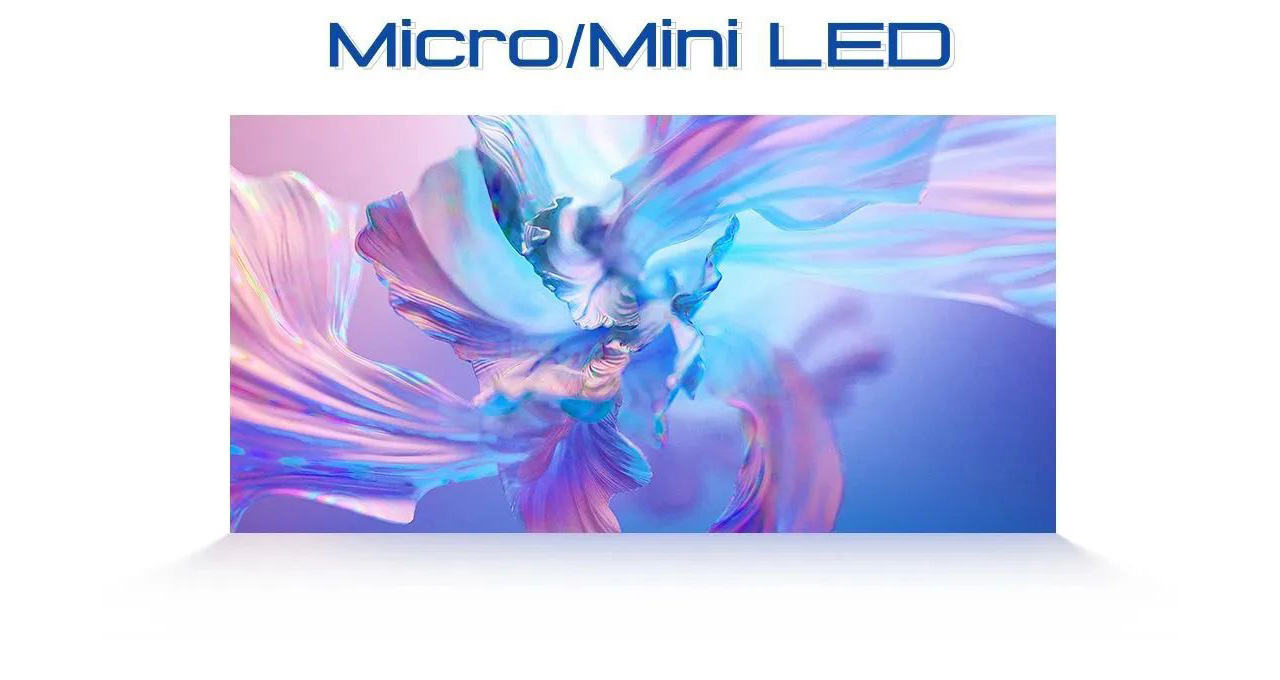As the wide application of LED display, to choose a good quality LED Pixel Display is not so easy for so many technical terms to refer to. LEDSINO wants to give not just our customers but also every people who is interested in LED display a brief introduction of these LED Display technical terms.
1. LED Wavelength
Wavelength decides whether the color LED display delivers is uniform or not. The way to check is easy, even without professional devices they can still to define this through observation.

Method one: to control the whole LED display to deliver white color. This should be pure white on the whole LED display. If there are a little bit red or blue that means both raw material and manufacturing technology are less desirable. This will become a problem as the usage.
Method two: to control the whole LED Pixel Display to deliver red color, green color, and blue color in order. The color shown in the central wavelength is the pure blue, pure red and pure green. If it shows as deeper blue, red and green, or lighter ones, that means partial wavelength. If it shows not uniform color that means wave aberration is larger than it should be. For a good quality LED display, blue color and green color should control their wave aberration no more than 3nm and red color wave aberration no more than 5nm in central wavelength.
2. Viewing Angle
The viewing angle means when the brightness from viewing direction is the half of brightness at Normal Line to the LED Wall Display, the angle between Horizontal and Vertical viewing and Normal Line. There are Horizontal viewing angle and Vertical viewing angle.

For outdoor LED display applications, both DIP products and SMD products are great choices. DIP product owns higher brightness but smaller viewing angle while SMD products fit with larger vertical viewing angle but lower brightness. Customers can decide to choose DIP or SMD depending on audiences group and the lighting conditions on installation environment. For indoor applications, brightness is not the key element, SMD product is perfect. However, some manufacturers try to disorient customers by higher brightness but smaller viewing angle. To deal with this situation, customers can observe the delivered contents from front and side to check whether the images are clear or not.
3.Maximum Brightness
The Maximum brightness for LED Pixel Display means under certain environment, the brightness under the maximum gray scale and lighting condition. In short, to set the LED display whole white at level 255, the brightness measured by light gun.

For outdoor applications, the brightness will change with the environment brightness change, thus orientation of installation should be taken into consideration. To take China as an example, 4000cd/m2 is enough when the LED display is facing north; however, 7000cd/m2 is required when facing south.
4.Average Power Consumption
Average Power Consumption means the power consumption for one square meter LED display and Watt/hour is the measure unit. For example, the average power consumption is 300W/m2, which means this LED display will use 300w of electricity per square meter for one hour’s usage.

There are two elements to measure the power consumption. One is Maximum Power Consumption and another is operating power consumption. Then, how to know how much electricity this LED displays is going to use? To count the powers adopted for each cabinet, and multiply the Maximum Power of it then figure out the Maximum average power consumption. Normally there are two powers model as 200W and 300W. And operating power consumption means when the LED Wall Display is working.
Normally speaking, operating power consumption is close relative to displayed contents, thus there is not a defined number. According to years of experiences, LEDSINO found out the operating power consumption normally is 1/3 of max power consumption. Lower power consumption means less heat dissipation. Energy saving LED Video Screen usually fits with four 200W powers per square meter.
5.Screen Refresh Rate
Refresh rate means how many times contents to be delivered completely every minute. LED display with low refresh rate will give audience trembling feelings. When photographed under digital camera, scanning lines will appear.

Normally, refresh rate over 300Hz is the basic demand of human eyes. But for digital camera, scanning lines will disappear over 600Hz refresh rate. High refresh rate can promote the brightness and contrast ratio of LED Pixel Display. Use digital camera can check whether there is snowflake and scanning line is a good way to measure.
6.Contrast Ratio
Contrast ratio means the measure between the brightest white and the darkest black. Contract ratio is an important element of viewing effect.

Normally the larger contrast ratio will leads to clearer and vivid color and images delivery. And with small contrast ratio, the whole display will looks grey. To adopt whole black SMD is the most efficient way to enhance the refresh ratio.
7.Circuit Design
Circuit design and PCB board are very important to a stable performance.
Requirements for PCB board as below:
Thickness: 1.6mm
Raw material: FR-4 glass fiber board
Copper foil thickness: 35um (1Oz)
Connector design is important. There are two popular designs, one is Longhorn design and another is Pin header design. Longhorn design is better to catch flat cable in case of emergency leads by invalid connect. Speaking of choosing electrolytic capacitor or tantalum capacitor, if looking for long working lifetime, tantalum capacitor is better while electrolytic capacitor is better for lower price application.
8.Automatic Production
Static electricity is great potential damage for electronic components. It hurts the electronic components or leaves hidden danger which will damage them after a period of usage. Multiple methods had been tried to deal with the static electricity, such as wearing ESD wrist strap, anti-static cloth and employing dustless plants. However, the best way to prevent static electricity is to avoid touching, which is achieved by using automation equipment.


没有评论:
发表评论